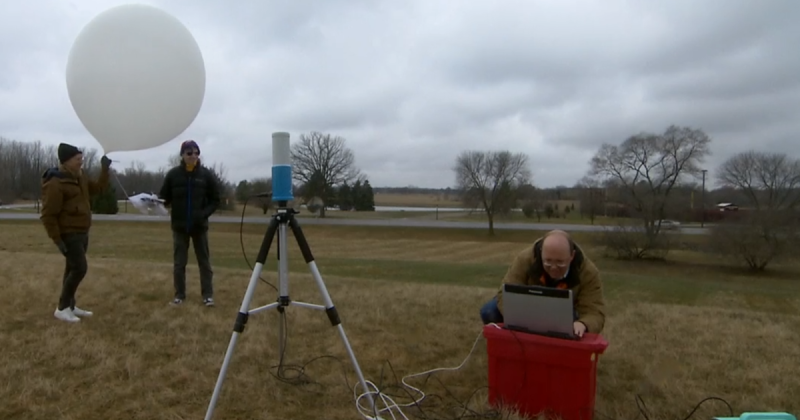
The recent ice storm in Northern Michigan, which necessitated calling in the National Guard, highlighted a chilling truth: our weather forecasting capabilities are being severely hampered by budget cuts. Meteorologists are sounding the alarm, citing a significant reduction in the number of weather balloon launch sites across the US, impacting the accuracy and timeliness of crucial weather predictions.
CBS News Detroit’s chief meteorologist, Ahmad Bajjey, described the challenges faced during the March ice storm. The forecasts, while indicating severe icing, ultimately underestimated the event’s devastating impact. He explained that the lack of real-time data from several weather balloon sites hindered the accuracy of the predictions. This data, crucial for understanding atmospheric conditions, was severely limited due to cuts implemented by the White House’s Department of Government Efficiency (DOGE).
At least 13 of nearly 100 balloon sites have been cut or reduced, leaving critical gaps in data collection. This is particularly concerning in regions prone to severe weather, such as Michigan, Wisconsin, the Rocky Mountains, and Tornado Alley. The elimination of a site in the Florida Panhandle just before hurricane season further underscores the severity of the situation.
Dr. John Allen, an associate professor of meteorology at Central Michigan University, emphasized the irreplaceable nature of weather balloon data. He highlighted the unique information these balloons provide, data that cannot be replicated by satellites or radar, particularly concerning cloud cover and atmospheric pressure. He demonstrated the technology used to collect this vital information, emphasizing the real-time nature of the data feed.
While a NOAA spokesperson defended the NWS forecasting capabilities, citing strategic transformations and staff reallocations, many meteorologists remain unconvinced. They express deep concern about the impact on public safety, arguing that every forecast, warning, and alert depends on this data. An open letter from five former NWS leaders further underscored these concerns, warning of the potential for needless loss of life due to understaffing and program cuts.
The situation is alarming. The cuts to weather balloon sites represent a significant threat to accurate weather forecasting, ultimately jeopardizing public safety. The reliance on this century-old technology remains undisputed, and the consequences of neglecting it could be catastrophic. The question remains: will the necessary steps be taken to restore these crucial data collection points before another devastating weather event strikes?










